Courses and Modules Taught
Centre for Environmental and Climate Science, Lund University
Environmental Monitoring / Miljöövervakning (Spring 2024, course co-coordinator)
Department of Geosciences and Natural Resource Management, University of Copenhagen
Introduction to Remote Sensing - Satellite-based Mapping of Natural Resources (Spring 2021, module)
Department of Physical Geography and Ecosystem Science, Lund University
Introduction to R Programming: Introduction to Spatial Statistics (Spring 2015, 2016, 2017, module)
Advanced Geographic Information Systems (Fall 2014, 2015, module)
GIS in Physical Planning (Fall 2014, Spring 2023, Fall 2023, Spring 2024)
Lund University Center for Sustainability Studies (LUCSUS)
GIS in Urban and Rural Sustainable Development (Spring 2015, 2016, 2017)
Smithsonian Conservation Biology Institute, Smithsonian Institution
Introduction to GIS and Remote Sensing for Conservationists, Smithsonian Conservation Biology Institute (Summer 2010)
Open Opportunities
None at the moment.
Ongoing supervision
1. Johannes Viskanic (2024, co-supervisor, ongoing): Governance, War, and Rain: Statistical analysis to evaluate agricultural developments in Northern Syria. B.Sc. in Physical Geography and Ecosystem Analysis. Department of Physical Geography and Ecosystem Science, Lund University.
2. Kamilla Naaden Motland (2024, ongoing): Mapping bare sand wild bee habitats using Sentinel-2 and machine learning in central Scania. M.Sc. in GIS and Remote Sensing. Department of Physical Geography and Ecosystem Science, Lund University.
Hosted Students
1. Marwa Elghoul (03/2023 - 06/2023): Visiting PhD Student (Faculty of Sciences of Bizerte, University of Carthage, Tunisia). Dissertation Topic: Ecology of breeding birds in the oases of southern Tunisia - Implications for management and conservation.
Past Supervision / Completed theses
8. Tobias Rydlinge (2023): Urban tree canopy mapping - An open source deep learning approach. M.Sc. in Geographic Information Science. Department of Physical Geography and Ecosystem Science, Lund University.
7. Enass Al Kharusi (2021): Broad-Scale Patterns in CDOM and Total Organic Matter Concentrations of Inland Waters – Insights from Remote Sensing and GIS. Ph.D. in Geobiosphere Science. Department of Physical Geography and Ecosystem Science, Lund University. (Co-supervisor)
6. Emma Bylund (2021): Dynamics of net primary production and food availability in the aftermath of the 2004 and 2007 desert locust outbreaks in Niger and Yemen. M.Sc. in Geographic Information Science. Department of Physical Geography and Ecosystem Science, Lund University.
5. Camilla Persson (2019): Comparing the vegetation condition of 2017 and 2018 over southern Sweden using Sentinel-2 satellite imagery. M.Sc. in Geomatics. Department of Physical Geography and Ecosystem Science, Lund University.
4. Enzo Zerega (2018): Assessing edge pixel classification and growing stock volume in forest stands using a machine learning algorithm and Sentinel-2 data. M.Sc. in Geomatics. Department of Physical Geography and Ecosystem Science, Lund University.
3. Abdalla Eltayeb (2017): Mapping woody canopy cover in the semi-arid Sahel: an approach using satellite remote sensing and Google Earth imagery. M.Sc. in Geomatics. Department of Physical Geography and Ecosystem Science, Lund University.
2. Stefanos Georganos (2016)** Exploring the spatial relationship between NDVI and rainfall in the semi-arid Sahel using geographically weighted regression. M.Sc. in Geomatics. Department of Physical Geography and Ecosystem Science, Lund University. ** Thesis published peer-reviewed in the Journal of Arid Environments
1. Deborah Bowyer (2015): Measuring Urban Growth, Urban Form and Accessibility as Indicators of Urban Sprawl in Hamilton, New Zealand. M.Sc. in Geographical Information Science. Department of Physical Geography and Ecosystem Science, Lund University.
